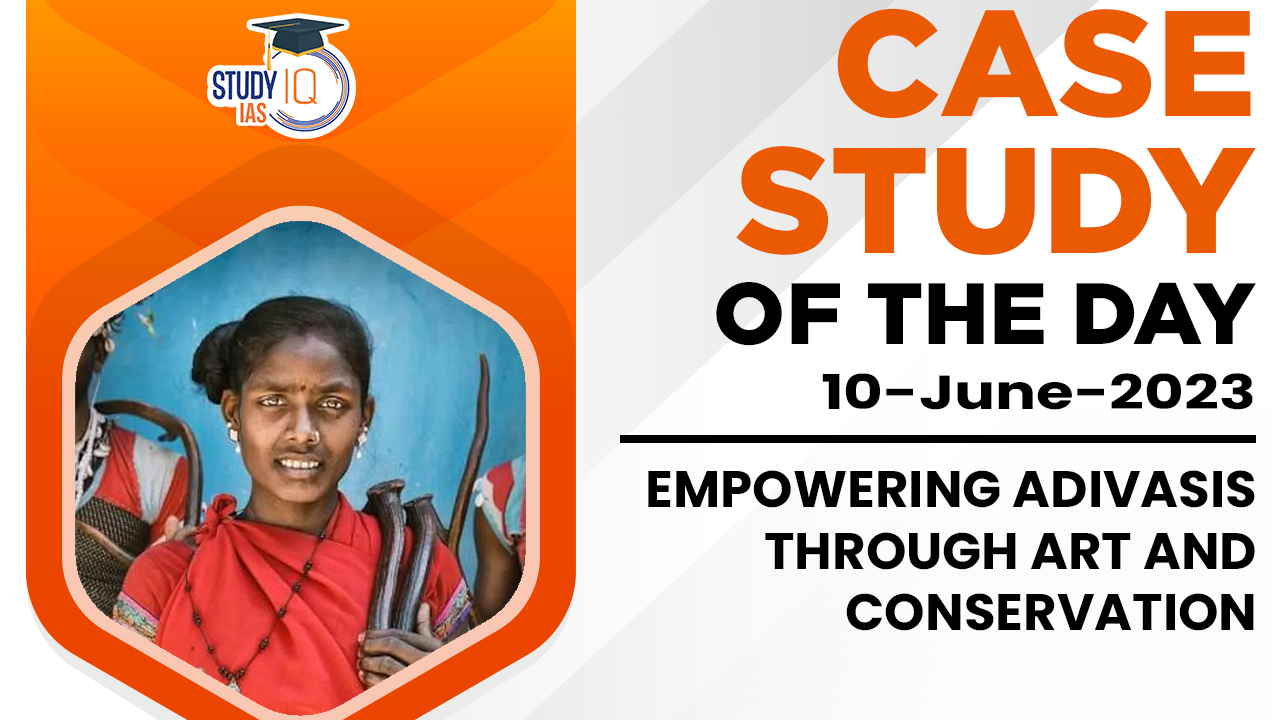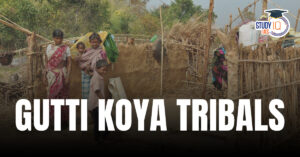Table of Contents
Introduction
- The Nilgiris region is also home to a number of tribal communities, who have traditionally lived in close proximity to wildlife.
- However, in recent years, human-elephant conflict has become a major problem in the Nilgiris. Elephants are often killed by poachers or electrocuted on railway tracks, and they sometimes destroy crops or even attack people.
The Project
- In an effort to address the problem of human-elephant conflict, the Elephant Family, a conservation organization, has partnered with a number of tribal communities in the Nilgiris to create a project called “Elephants for Life.”
- The project trains tribal artisans to make life-sized replicas of elephants from lantana, an invasive plant that is a major threat to the environment. The elephants are then auctioned off to raise money for conservation efforts.
Benefits
- The Elephants for Life project has a number of benefits. First, it helps to remove lantana from the forest, which benefits both wildlife and people.
- Second, it provides employment to tribal artisans, who are often marginalized and have few opportunities for economic development.
- Third, the project raises awareness of the problem of human-elephant conflict and the importance of conservation.
Challenges
- The Elephants for Life project faces a number of challenges. First, it can be difficult to find enough lantana to make the elephants.
- Second, the project requires a significant investment of time and money.
- Third, the project has to compete with other conservation initiatives for funding.
Conclusion
- Despite the challenges, the Elephants for Life project is a successful example of how art and conservation can be used to empower tribal communities.
- The project has helped to reduce human-elephant conflict, improve the lives of tribal artisans, and raise awareness of the importance of conservation.
- The Elephants for Life project could be expanded to other regions of India where human-elephant conflict is a problem.
- The project could also be adapted to other types of invasive plants. Additionally, the project could be used to train tribal artisans in other skills, such as weaving or pottery. This would help to create even more opportunities for economic development and empowerment.


 Sanitary Waste Management Model of Karad...
Sanitary Waste Management Model of Karad...
 Global Labour Shortage and Opportunities...
Global Labour Shortage and Opportunities...
 Gutti Koya Tribals in Post-Conflict Indi...
Gutti Koya Tribals in Post-Conflict Indi...





















